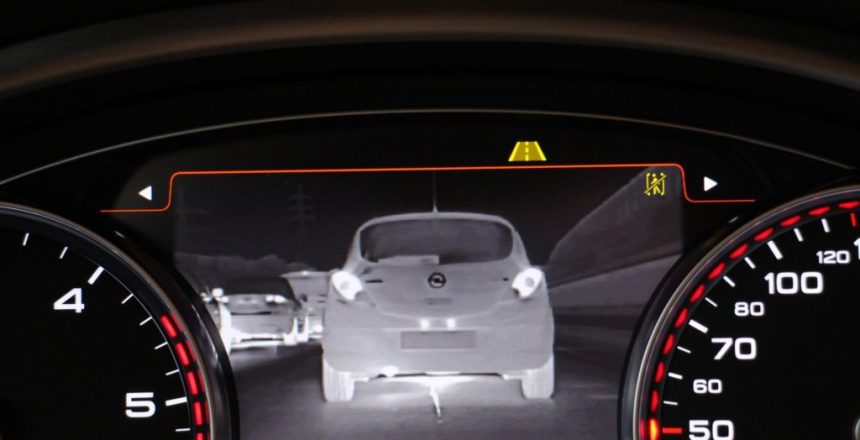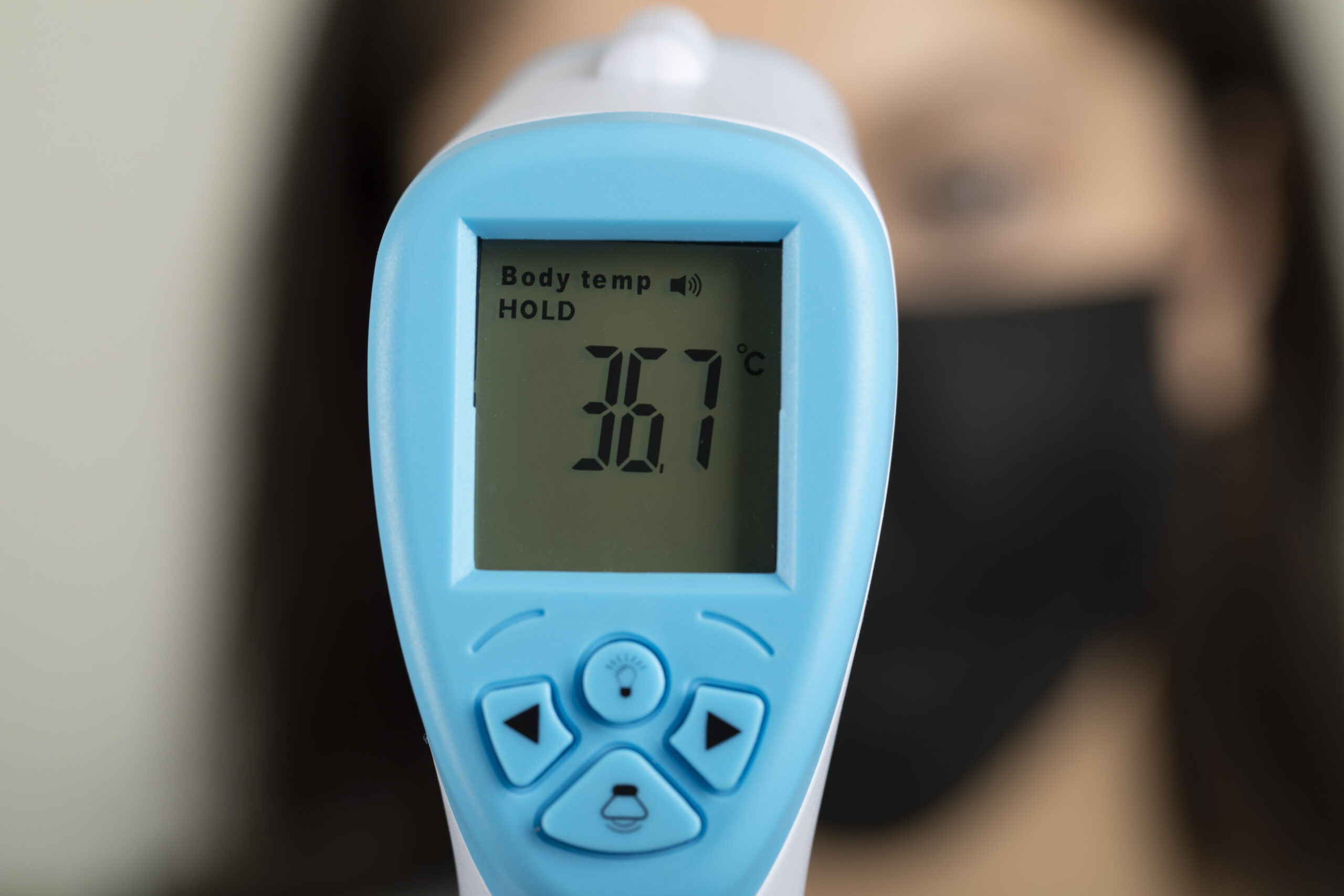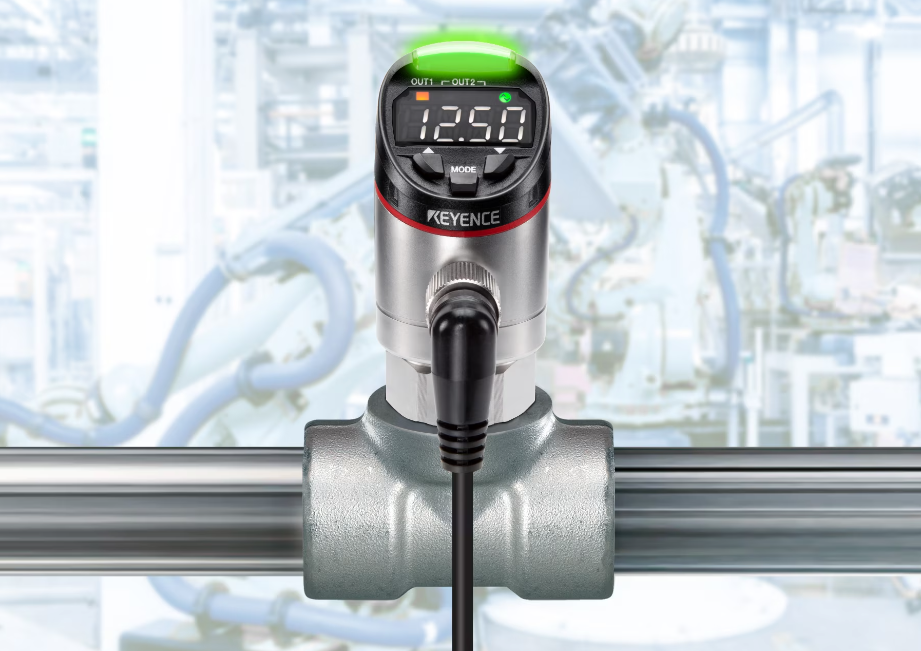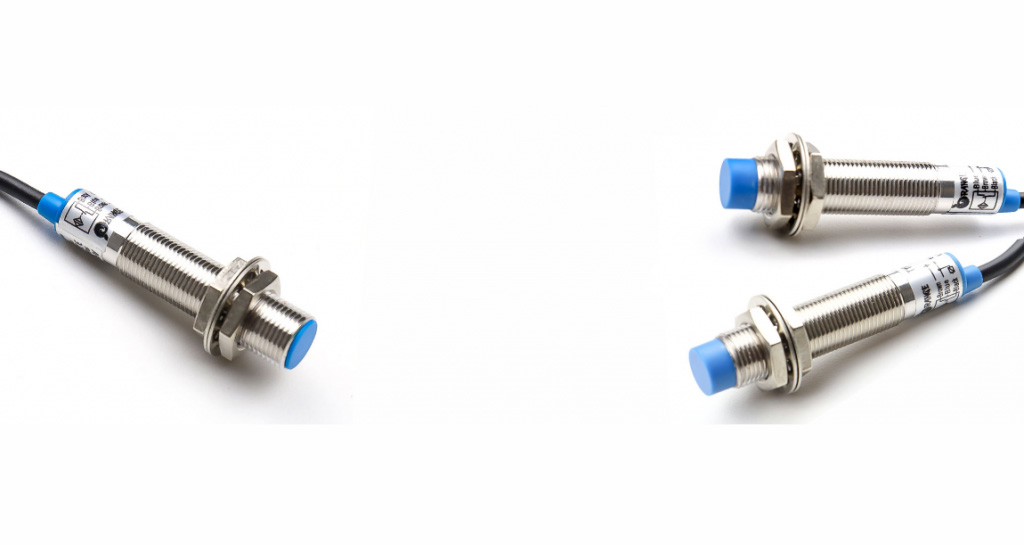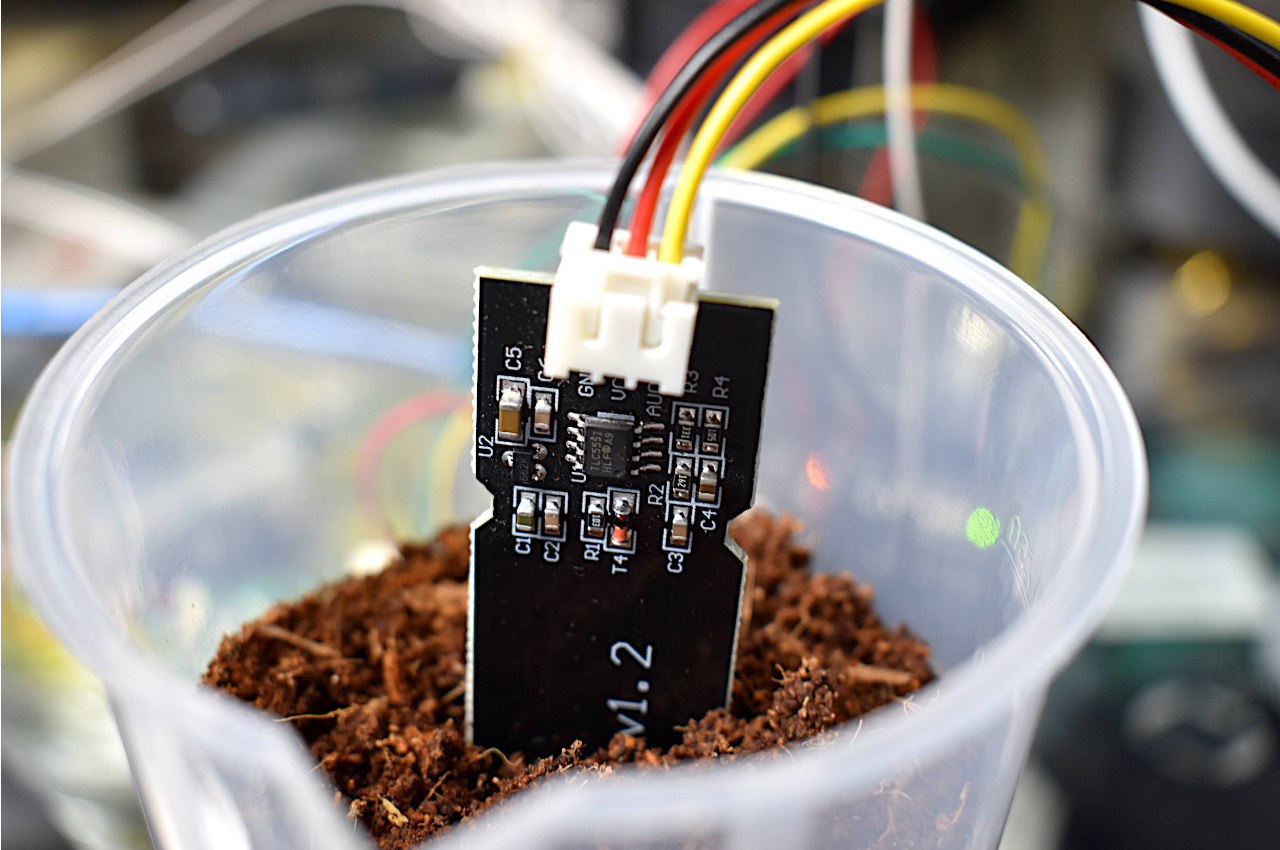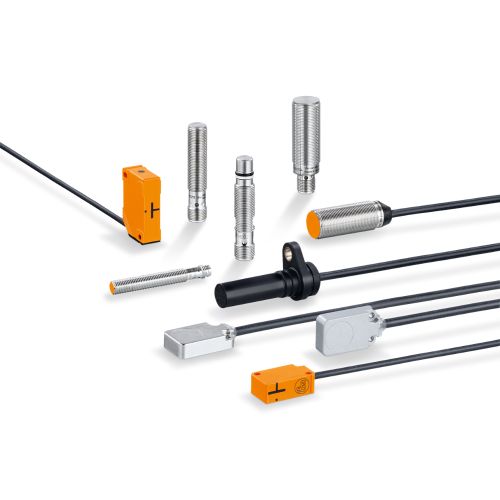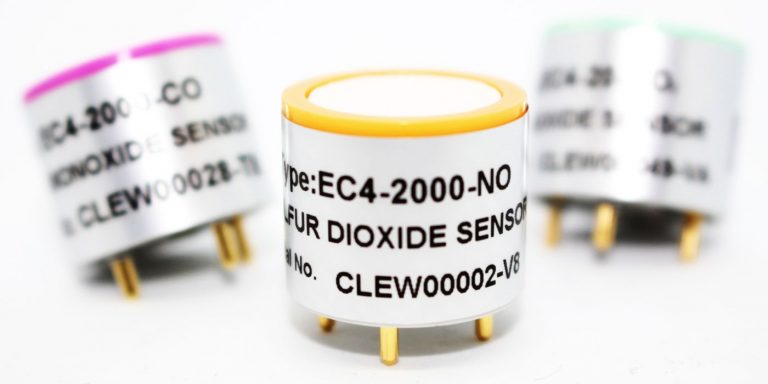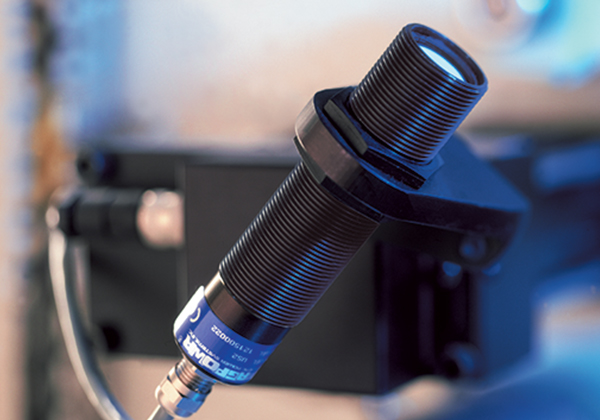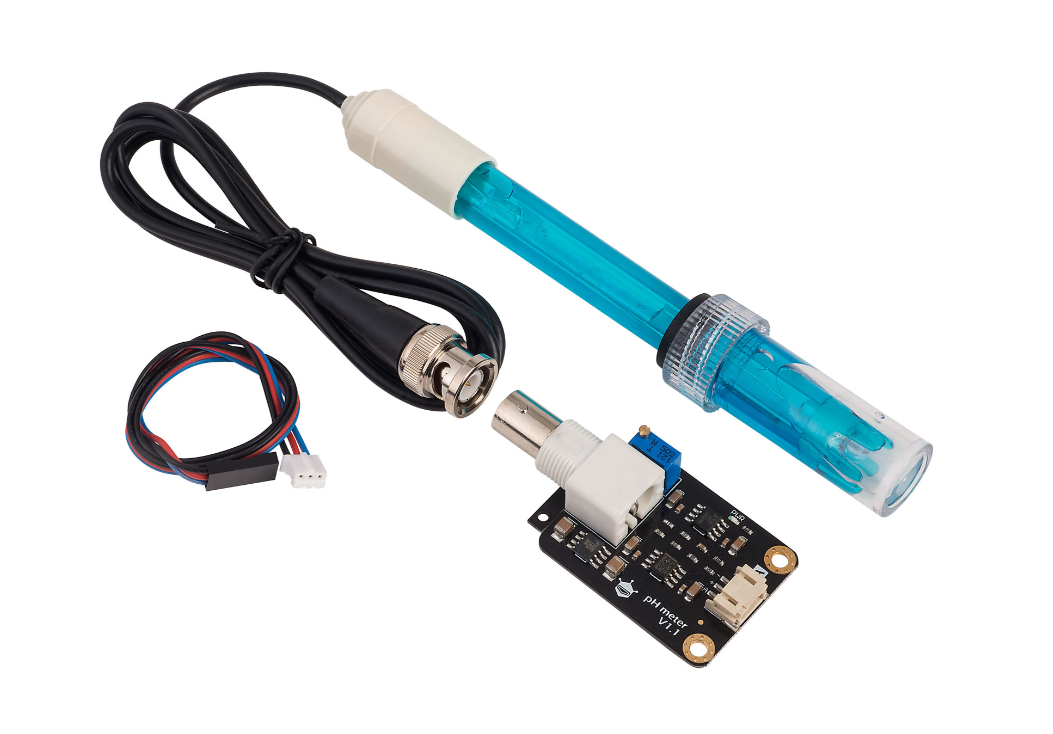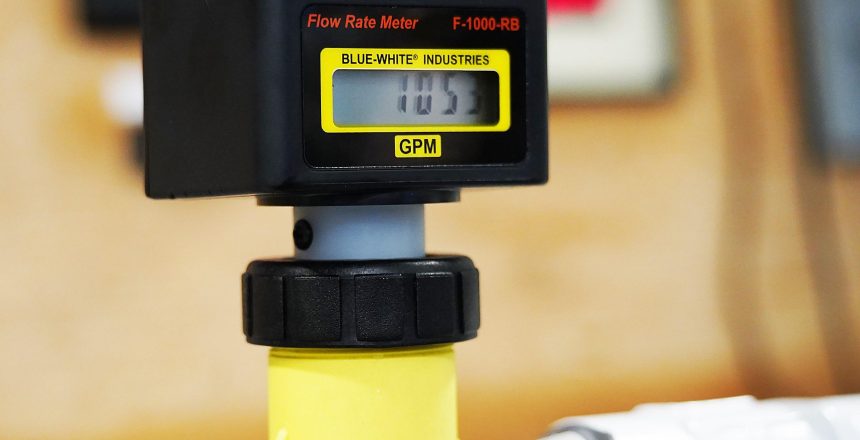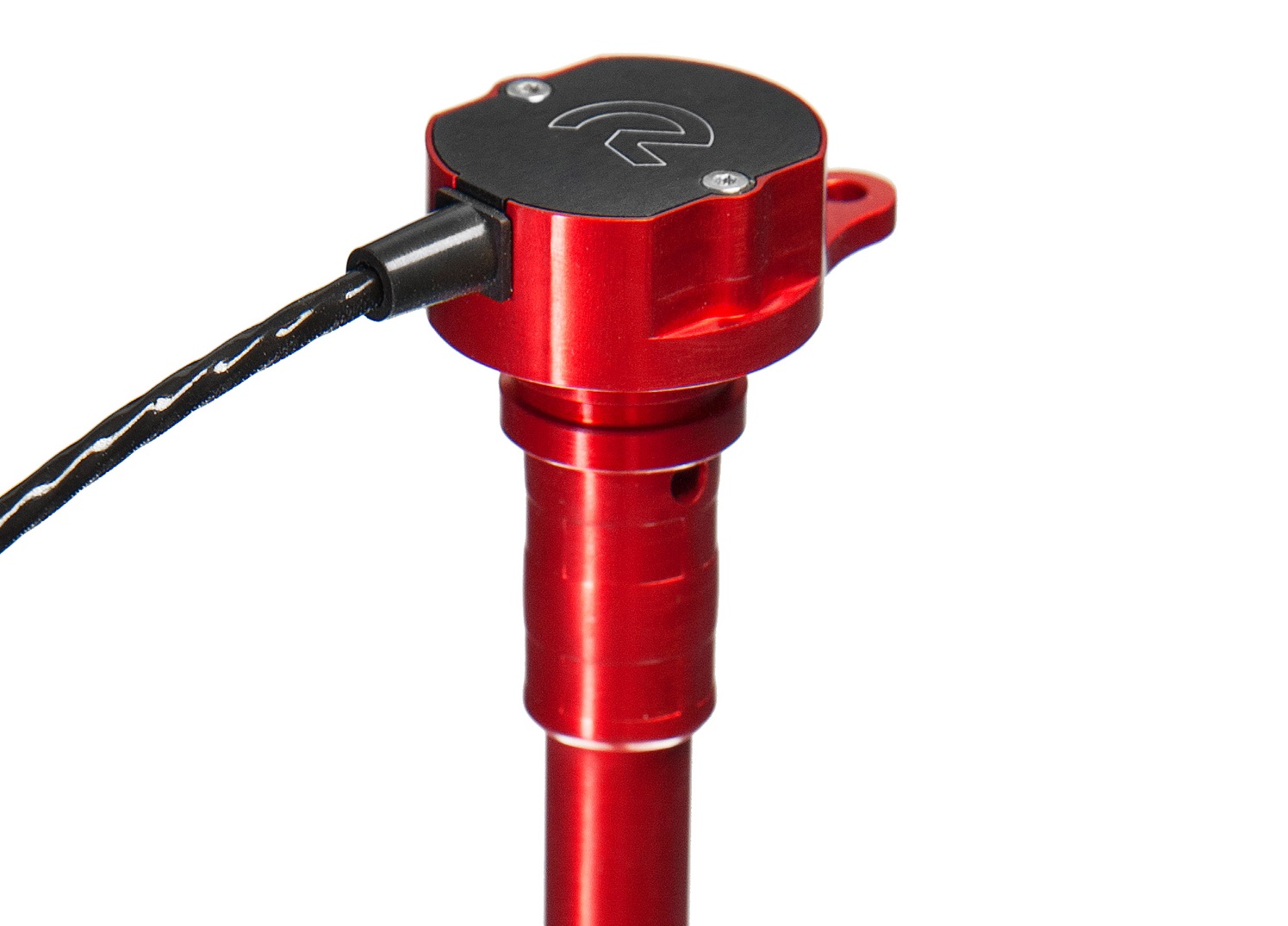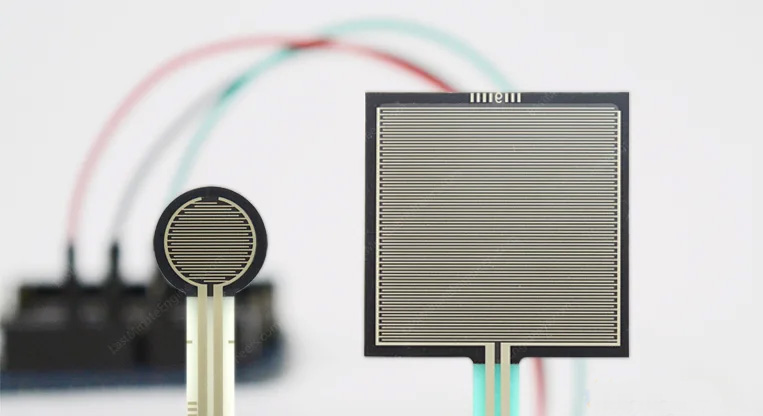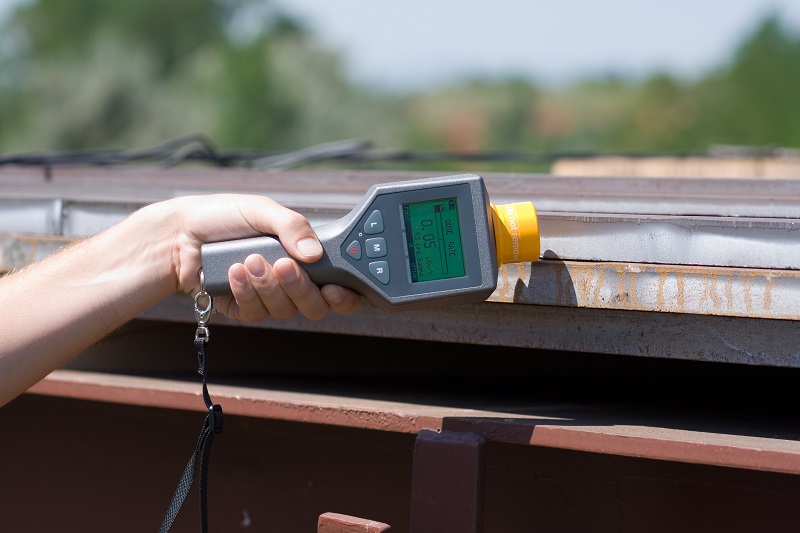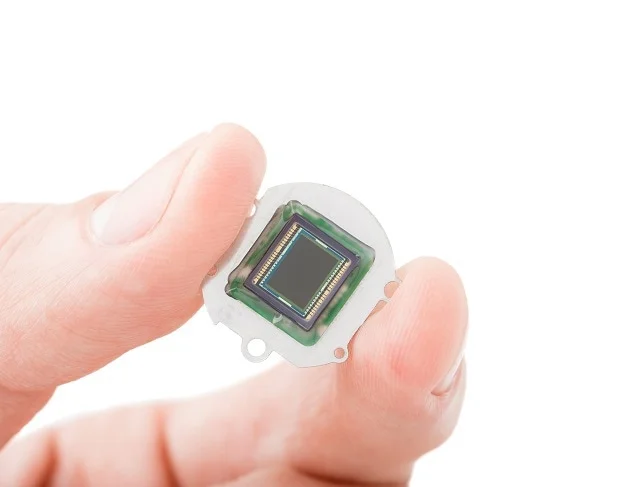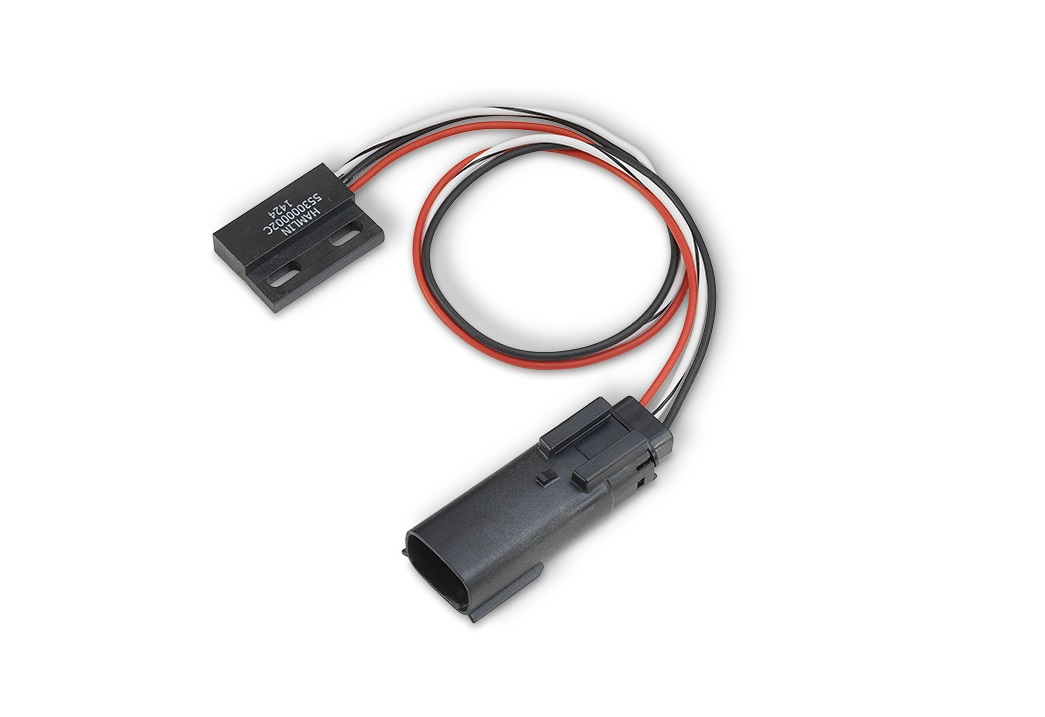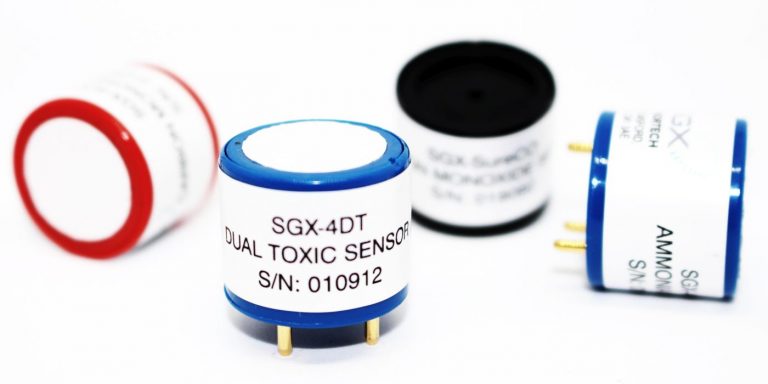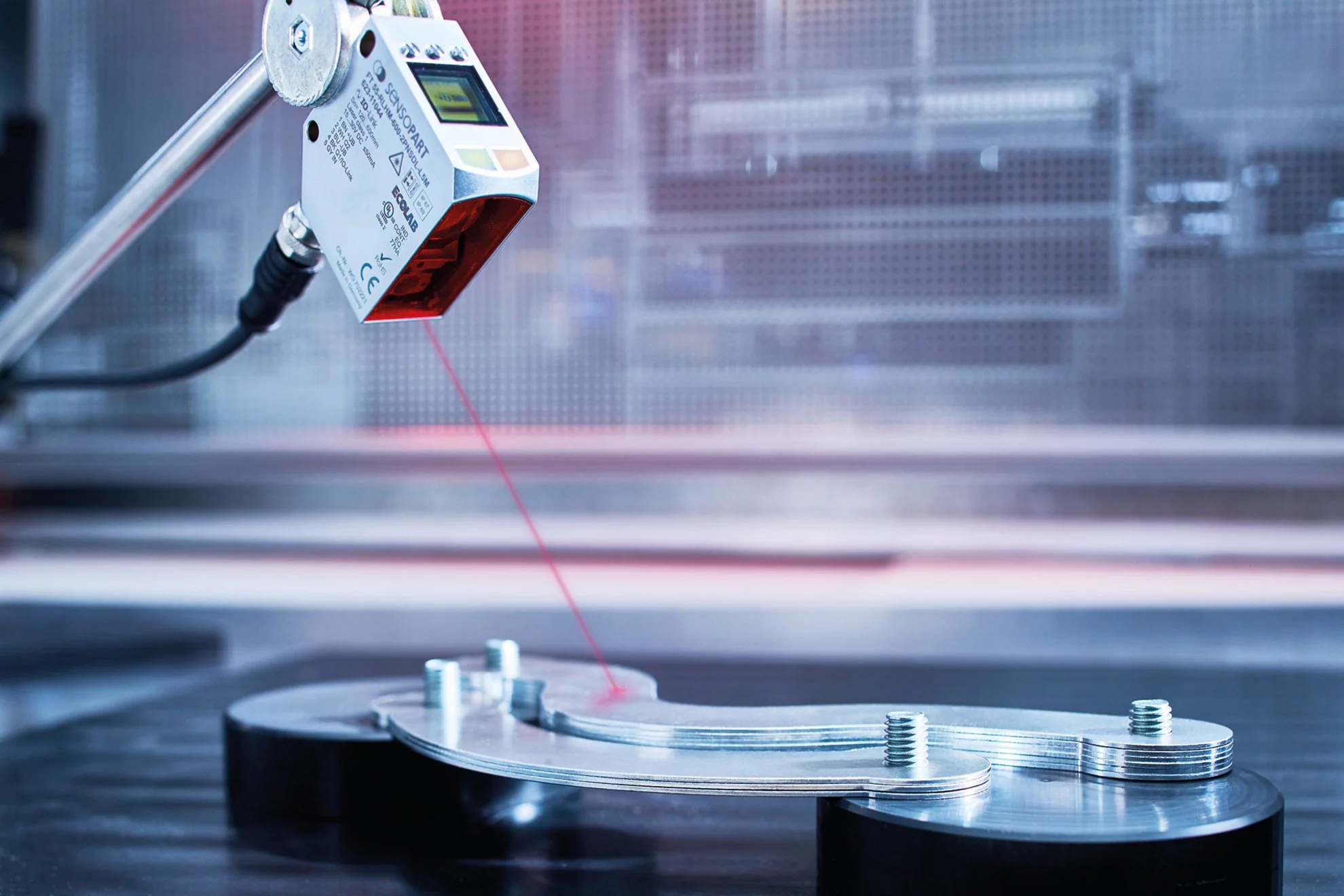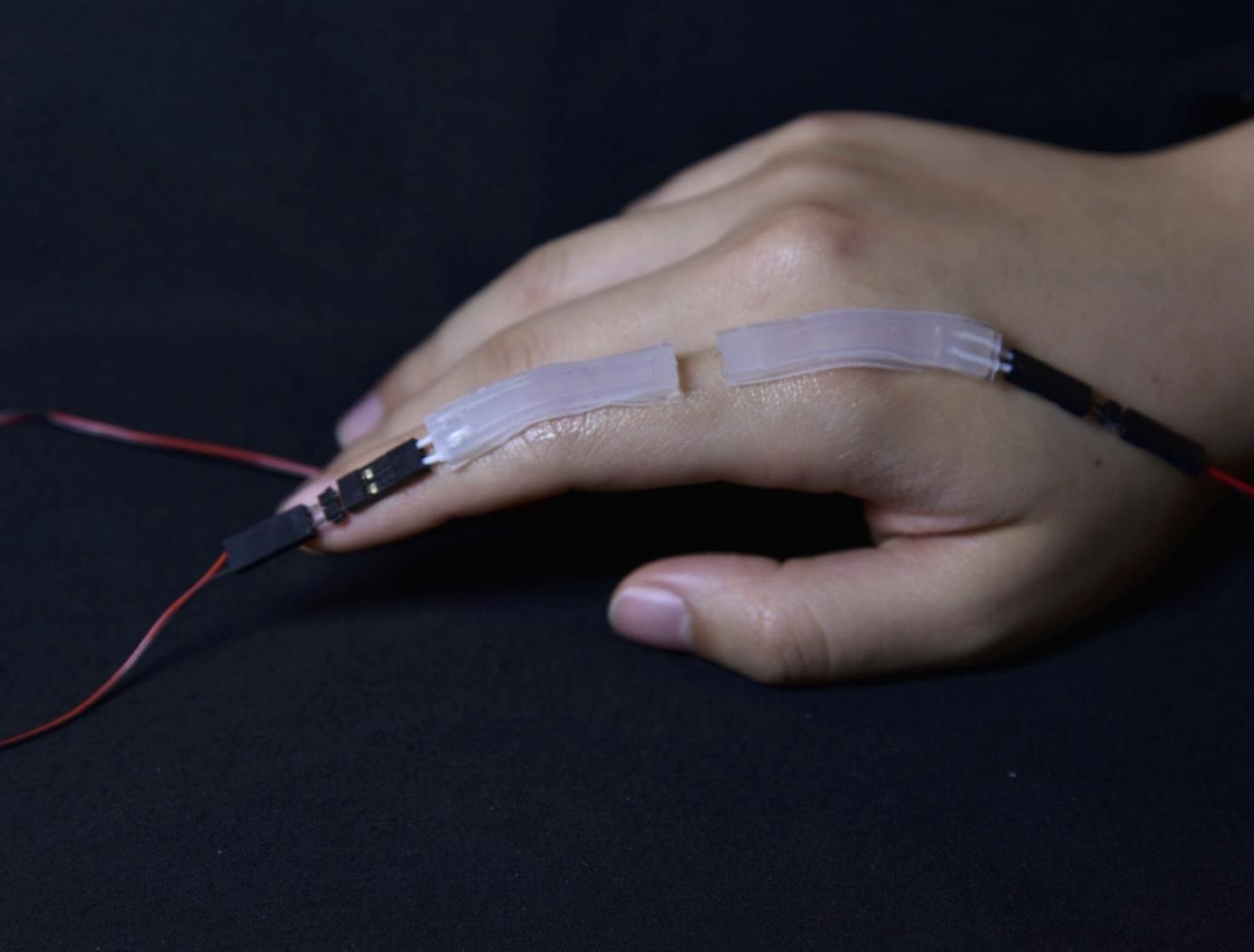
These sensors detect and measure infrared radiation, and are commonly used in remote sensing, temperature measurement, and security systems.
Infrared sensors, also known as IR sensors, are electronic devices that detect and measure infrared radiation in their surroundings. They operate based on the principles of detecting heat emitted by objects or sensing changes in infrared radiation levels.
IR sensors detect infrared radiation by using sensitive materials that react to changes in temperature or absorb infrared radiation. The sensors’ electronics then convert these changes into electrical signals, which can be processed and interpreted by microcontrollers or other control systems.
Infrared radiation is a type of electromagnetic radiation with longer wavelengths than visible light but shorter than radio waves. It is emitted by all objects with a temperature above absolute zero.
Infrared sensors use various methods to detect and measure infrared radiation. These methods include thermopiles, pyroelectric detectors, and infrared photodiodes, among others.
Infrared sensors general classification
Infrared sensors can generally be classified into two categories: active infrared sensors and passive infrared sensors:
Active infrared sensors
Active infrared sensors are a type of IR sensor that emit their own infrared radiation and then detect the reflection or changes in the emitted radiation. It means active infrared sensors includes both IR emitter and IR receiver. These sensors are designed to actively send out a signal and analyze the return signal to detect the presence, distance, or motion of objects.

When an object comes close to the sensor, the infrared light from the LED reflects off of the object and is detected by the receiver.

some common types of active infrared sensors:
Infrared Proximity Sensors: Infrared proximity sensors emit a focused beam of infrared radiation and measure the amount of reflected radiation. They are used to detect the presence and proximity of objects. Common applications include obstacle detection, object counting, and touchless switches.
Infrared Distance Sensors: These sensors use triangulation or time-of-flight principles to measure the distance
the sensor and an object. Triangulation sensors emit a modulated beam of infrared light and calculate the distance based on the angle of reflection. Time-of-flight sensors measure the time taken for the emitted light to travel to the object and return. These sensors are commonly used in robotics, automation, and navigation systems.

Infrared Motion Sensors: These sensors detect motion by emitting pulses of infrared radiation and analyzing the reflected signals. They can detect changes in the received signal caused by a moving object, enabling motion detection and triggering automated actions such as turning on lights or activating security systems.
Infrared Beam Sensors: These sensors consist of a transmitter and a receiver placed at a certain distance from
each other. When an object interrupts the infrared beam, it triggers an output signal. Beam sensors are commonly used in security systems, door/window detection, and automatic gates.

Infrared Light Curtains: These sensors consist of multiple pairs of infrared emitters and receivers arranged
vertically or horizontally to form a “curtain” of infrared beams. When any of the beams are interrupted, it indicates an object is present in the monitored area. Infrared light curtains are often used for safety purposes to detect unauthorized access or prevent accidents in industrial settings.

Active infrared sensors offer reliable performance, are less affected by environmental factors, and can provide precise measurements. However, they require a power source and proper alignment for optimal functionality.
Passive infrared sensors
Passive infrared (PIR) sensors are devices that detect changes in infrared radiation emitted by objects within their field of view. Unlike active infrared sensors, PIR sensors do not emit their own infrared radiation but instead detect the natural heat emitted by living beings and other objects.
PIR sensors work based on the principle that objects emit infrared radiation, primarily in the form of heat. The sensor contains a pyroelectric material that generates an electrical charge when exposed to changes in the infrared energy within its field of view.
PIR sensors are commonly used for motion detection applications. When a person or object moves in the sensor’s field of view, it causes a rapid change in the detected infrared energy. The sensor detects this change and triggers an output signal.

PIR sensors have a specific field of view, which is the area they can monitor for motion. The field of view is typically a cone shape with a certain angle. It’s important to consider the positioning and coverage area of the sensor for effective detection.
They are widely used in security systems, lighting controls, occupancy detection, and energy-saving applications and are popular due to their simplicity, cost-effectiveness, and reliable performance for detecting human presence and movement based on the heat emitted by objects.
Infrared sensors different types
There are several types of infrared (IR) sensors available, each with its own specific technology and application. Here are some common types of IR sensors:
Thermopile Sensors
A thermopile sensor is a type of temperature sensor that measures infrared radiation emitted by objects to determine their temperature. It is based on the principle of the Seebeck effect, which describes the voltage generated when two different metals are joined together and exposed to a temperature gradient.
A thermopile sensor consists of multiple thermocouples connected in series. Each thermocouple is made up of two dissimilar metals (typically alloys), such as iron and constantan or chromel and alumel. The junctions of the metals are arranged in a pattern that allows maximum exposure to the infrared radiation.
When an object emits infrared radiation, it is absorbed by the thermopile sensor.

The energy from the radiation causes a temperature difference between the different thermocouples in the sensor.
The temperature gradient across the thermocouples generates a voltage proportional to the temperature difference. This phenomenon is called the Seebeck effect. The voltage produced by each thermocouple adds up to provide an overall output voltage.

The output voltage from the thermopile sensor is typically very small and requires amplification and signal conditioning for accurate temperature measurement. The amplified signal is then converted into a meaningful temperature value using calibration curves or algorithms.
Thermopile sensors are commonly used in non-contact temperature measurement applications. They can measure the temperature of objects without physical contact and are suitable for both stationary and moving objects. These sensors also offer several advantages, including high sensitivity, wide temperature range, fast response time, and durability. However, they have some limitations, such as non-linear output and the need for calibration to ensure accurate temperature measurements. They are widely used in industrial processes, HVAC systems, medical devices, automotive applications, and energy-efficient home appliances like thermostats.
Infrared Photodiodes
Infrared photodiodes convert incoming infrared radiation into an electrical current. They are used in remote controls, light barriers, and other applications requiring detection or transmission of IR signals.
Infrared photodiodes are typically made of semiconductor materials, such as silicon or germanium. These materials have unique properties that allow them to absorb infrared photons.
The semiconductor material used in the photodiode has a bandgap energy level. This is the energy difference between the valence band (where electrons normally reside) and the conduction band (where electrons can move freely).
When an infrared photon enters the photodiode, it can transfer its energy to an electron in the valence band, promoting it to the higher energy conduction band. This absorption process allows the photodiode to detect the presence of the infrared light.
Upon absorption of an infrared photon, an electron is excited to the conduction band, leaving behind an empty space in the valence band called a hole. This process generates an electron-hole pair.

The photodiode contains an electric field created by the p-n junction within the device. This electric field acts as a barrier, preventing the recombination of the electron-hole pair and keeping them separated.
The electric field causes the electron to move towards one electrode (the N-side) and the hole towards the other electrode (the P-side) of the photodiode. This movement creates a flow of electrons, generating an electrical current.
Pyroelectric Sensors
Pyroelectric sensors are devices that can detect changes in infrared radiation by utilizing the pyroelectric effect. The pyroelectric effect is a phenomenon where certain materials generate an electric charge when exposed to temperature variations. These sensors are commonly used for motion detection and thermal sensing applications.
Pyroelectric sensors are typically made of crystals or ceramics that exhibit pyroelectric properties, such as lithium tantalate or polyvinylidene fluoride (PVDF). These materials have a unique characteristic of generating an electric charge when their temperature changes.
Pyroelectric materials have a polarized structure, meaning that they have a natural electric polarization even when no external electric field is present.
When exposed to infrared radiation, the temperature of the pyroelectric material changes. This leads to a distortion of the crystal lattice and a redistribution of the polarization within the material.
The change in polarization generates an electric charge on the surface of the pyroelectric material. The magnitude and direction of the charge depend on the temperature change and the specific properties of the material.
The pyroelectric sensor has electrodes in contact with the pyroelectric material to collect the generated charge. The resulting electrical signal is typically small and needs amplification to be measurable and useful.

The amplified signal is then processed using electronic circuitry to convert it into a usable form. This may involve filtering, amplification, and further processing to extract relevant information from the detected infrared radiation.
Infrared Reflective Sensors
Infrared reflective sensors transmit an infrared beam and detect the reflection of the beam on a surface. They are often used for object detection, proximity sensing, and line-following robots.
Infrared Gas Sensors
Infrared gas sensors detect the presence of specific gases based on their absorption of infrared radiation. They find applications in environmental monitoring, industrial safety, and gas leak detection.
Infrared Temperature Sensors
Infrared temperature sensors, also known as non-contact temperature sensors or IR thermometers, measure the surface temperature of an object without physical contact. These sensors are commonly used in industrial processes, HVAC systems, and medical devices.
These are just a few examples of the different types of infrared sensors available. Each type has its own advantages, limitations, and specific applications. The selection of an appropriate IR sensor depends on the intended use and requirements of the specific application.
Infrared sensors applications
Infrared sensors have a wide range of applications in different industries and fields. Some common uses include:
Proximity Sensing: IR sensors can detect the presence or absence of objects without physical contact, making them useful for presence detection, obstacle avoidance, and counting applications.
Temperature Measurement: Infrared thermometers use IR sensors to measure surface temperatures without direct contact. This is particularly useful for measuring temperatures in industrial processes, medical applications, and HVAC systems.
Home Security: Infrared motion sensors are widely used in security systems to detect human movement and trigger alarms.
Remote Control: IR sensors are used in remote controls, allowing users to wirelessly operate electronic devices such as televisions, air conditioners, and DVD players.

